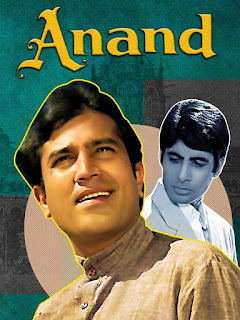Gabbar!

Sholay , through the years, has become a cult classic as it had a historic run in cinemas across India. Running for 5 long years in a Mumbai theatre was some record back in the 70s. Typically, it had all the ingredients of a masala flick - a grand ensemble cast, rugged, dry terrains, catchy (understatement), memorable dialogues and some great music. But the thing for which Sholay is remembered is Gabbar Singh, the dacoit of the fictional town of Ramgarh. And Gabbar isn’t the sole merit of the legendary Amjad Khan. Of course, he played his role flawlessly but then mere acting isn’t the treat for the audiences especially for Bollywood talkies fanatics (like me). We all look for dialogues, power-packed ones. And at that time, the dialogues et al were written by the most talked-about writers of the early 70s, “Salim-Javed”. This duo gave us some unforgettable characters and yes, Gabbar tops the list. The sadistic humour which is exhibited in Gabbar’s views creates a stir ...




